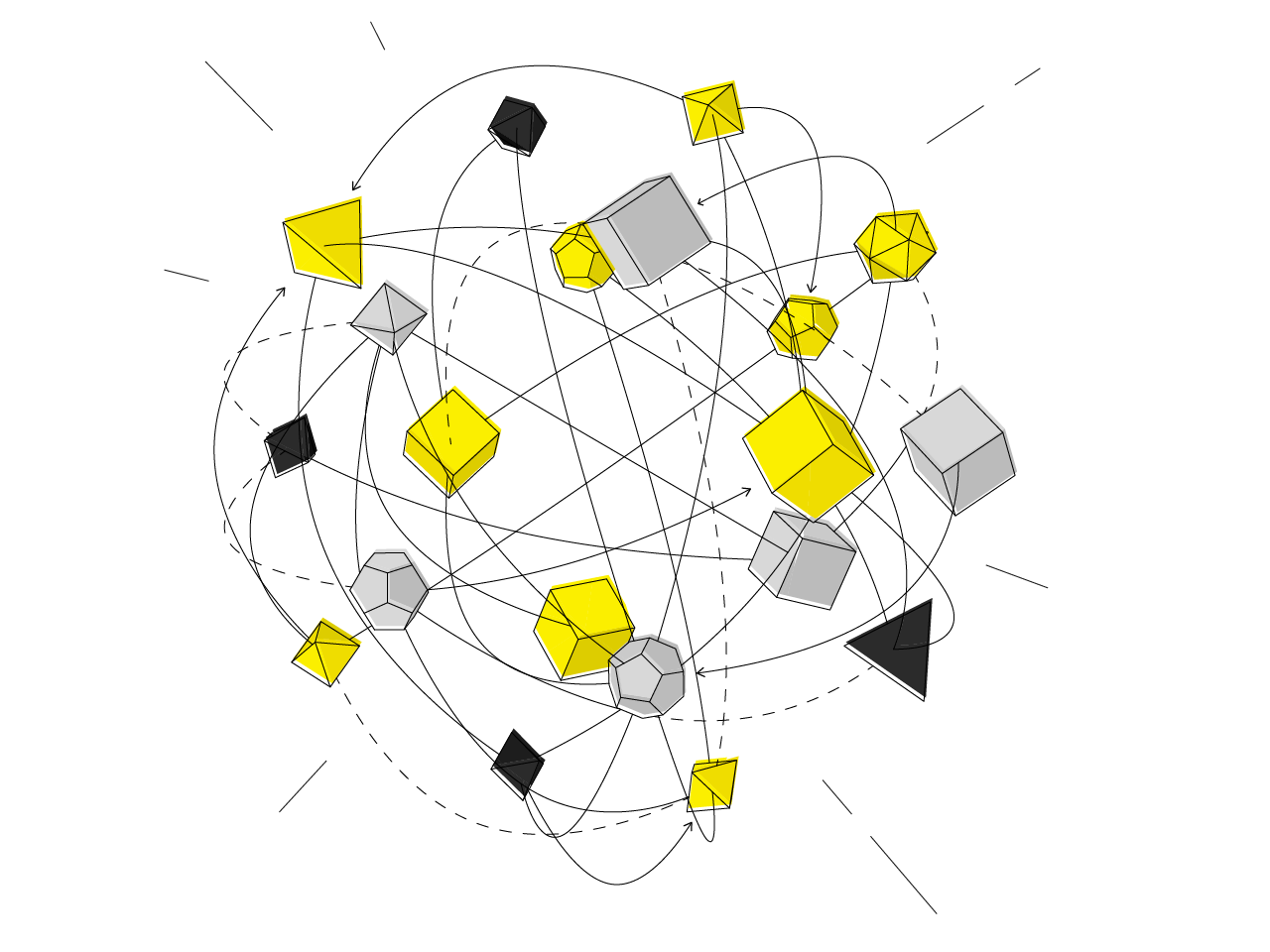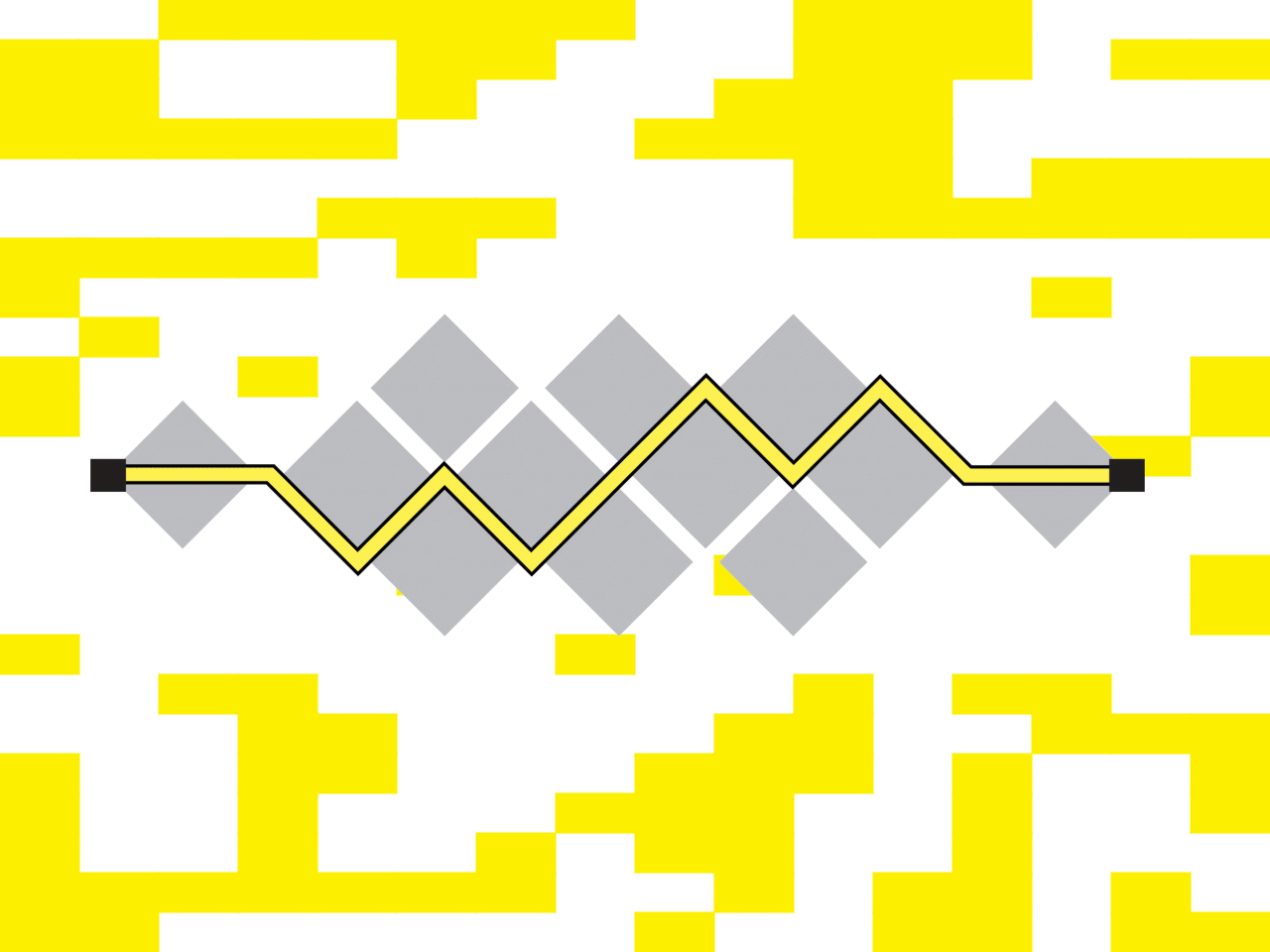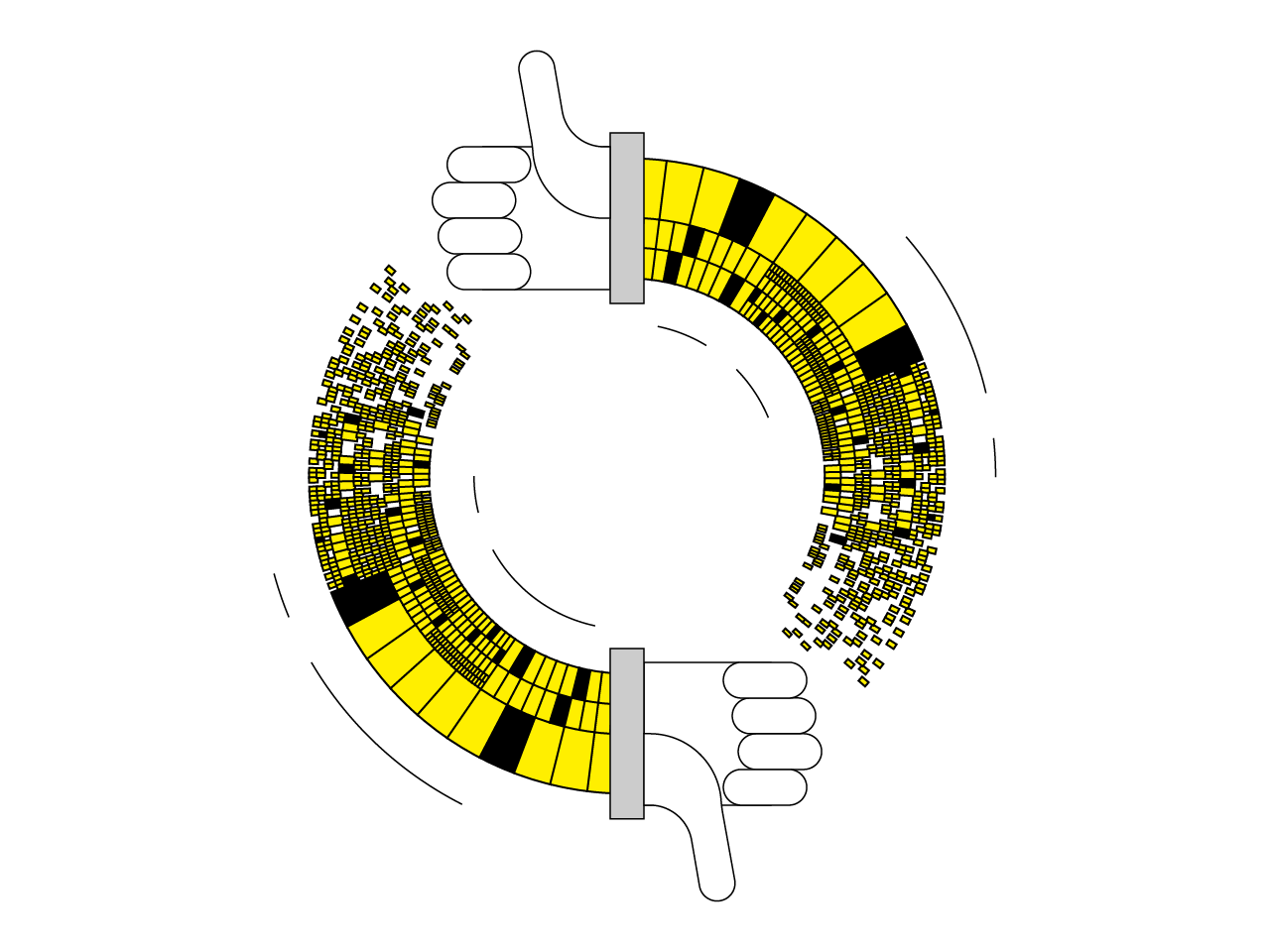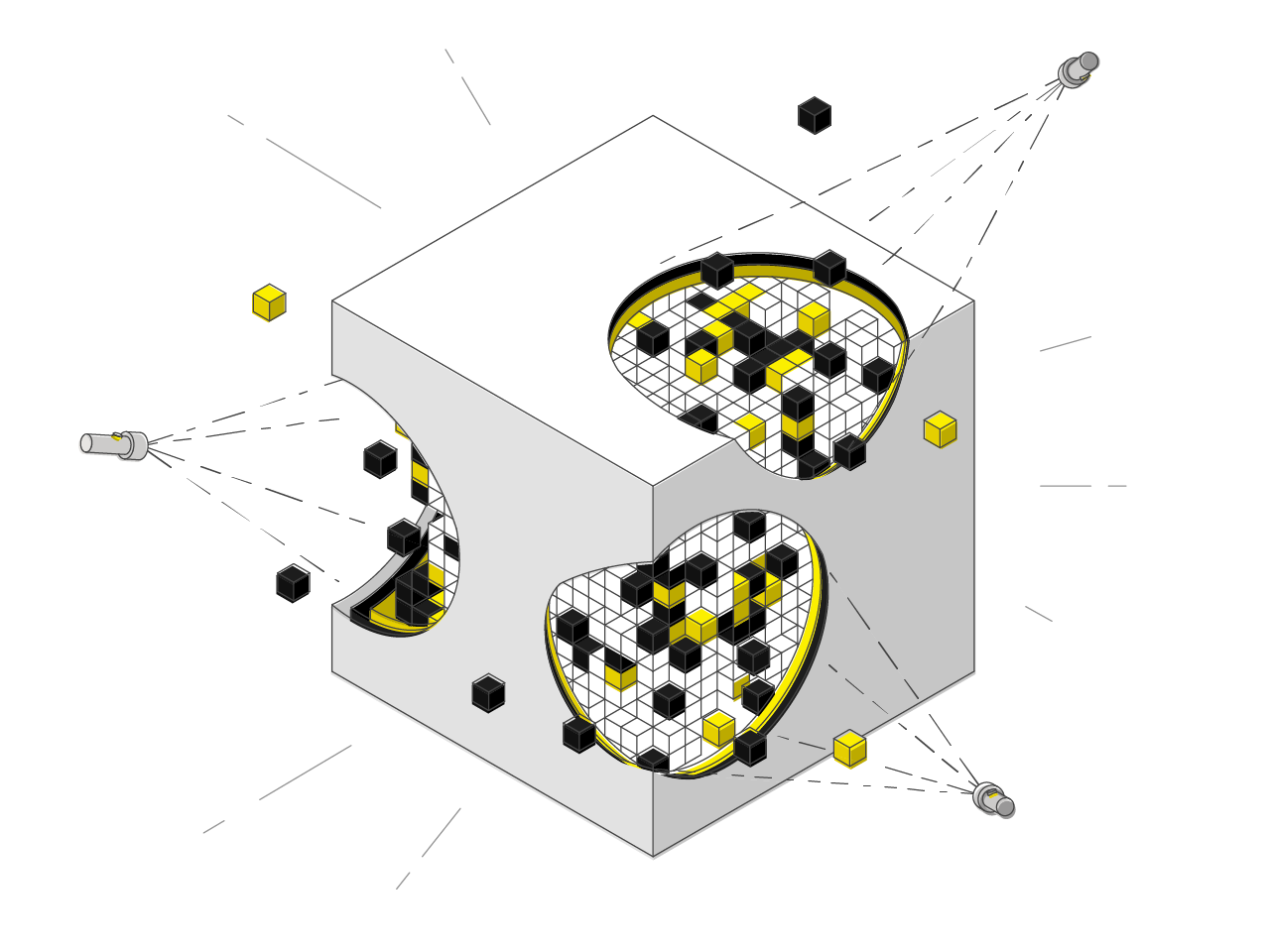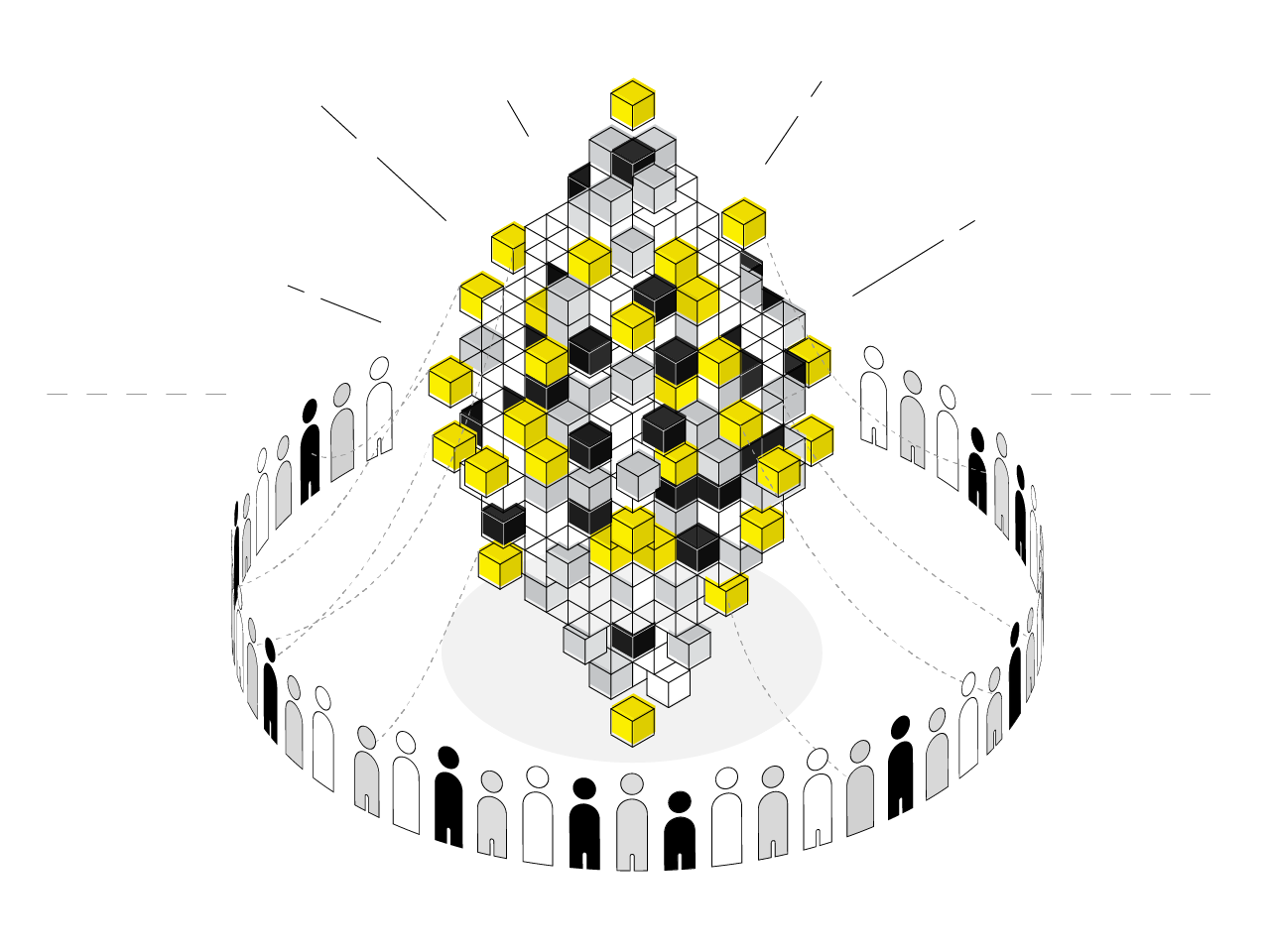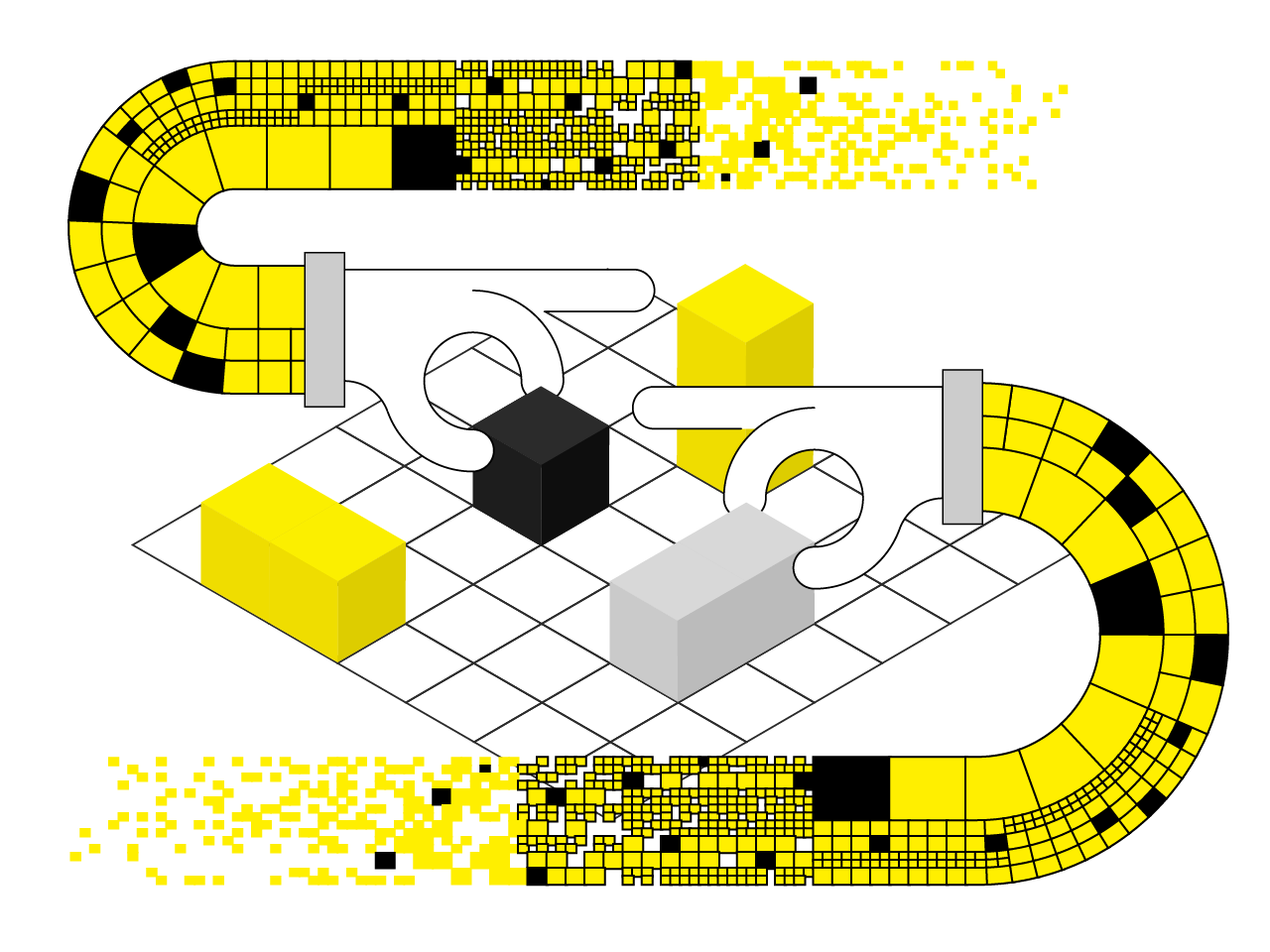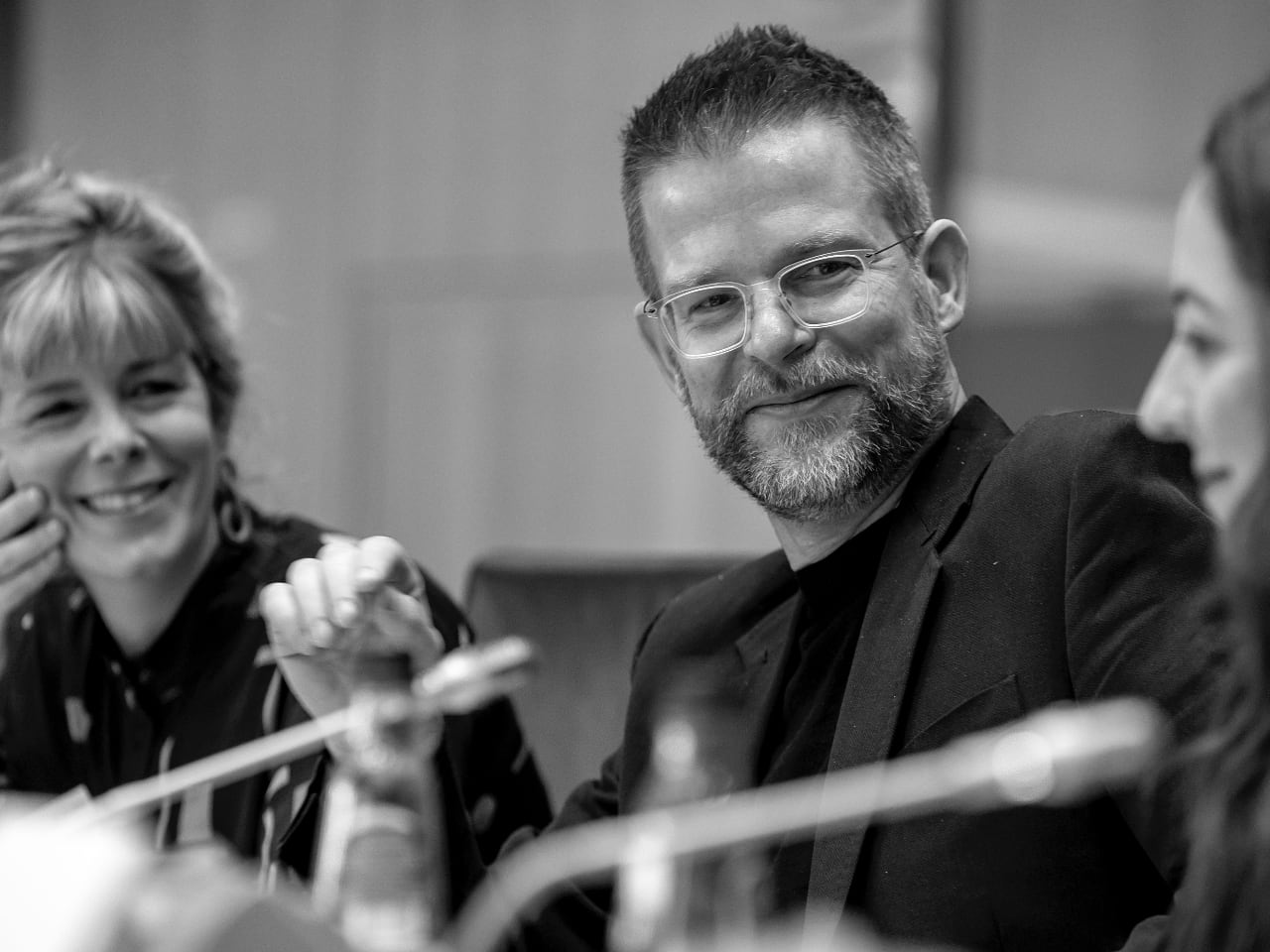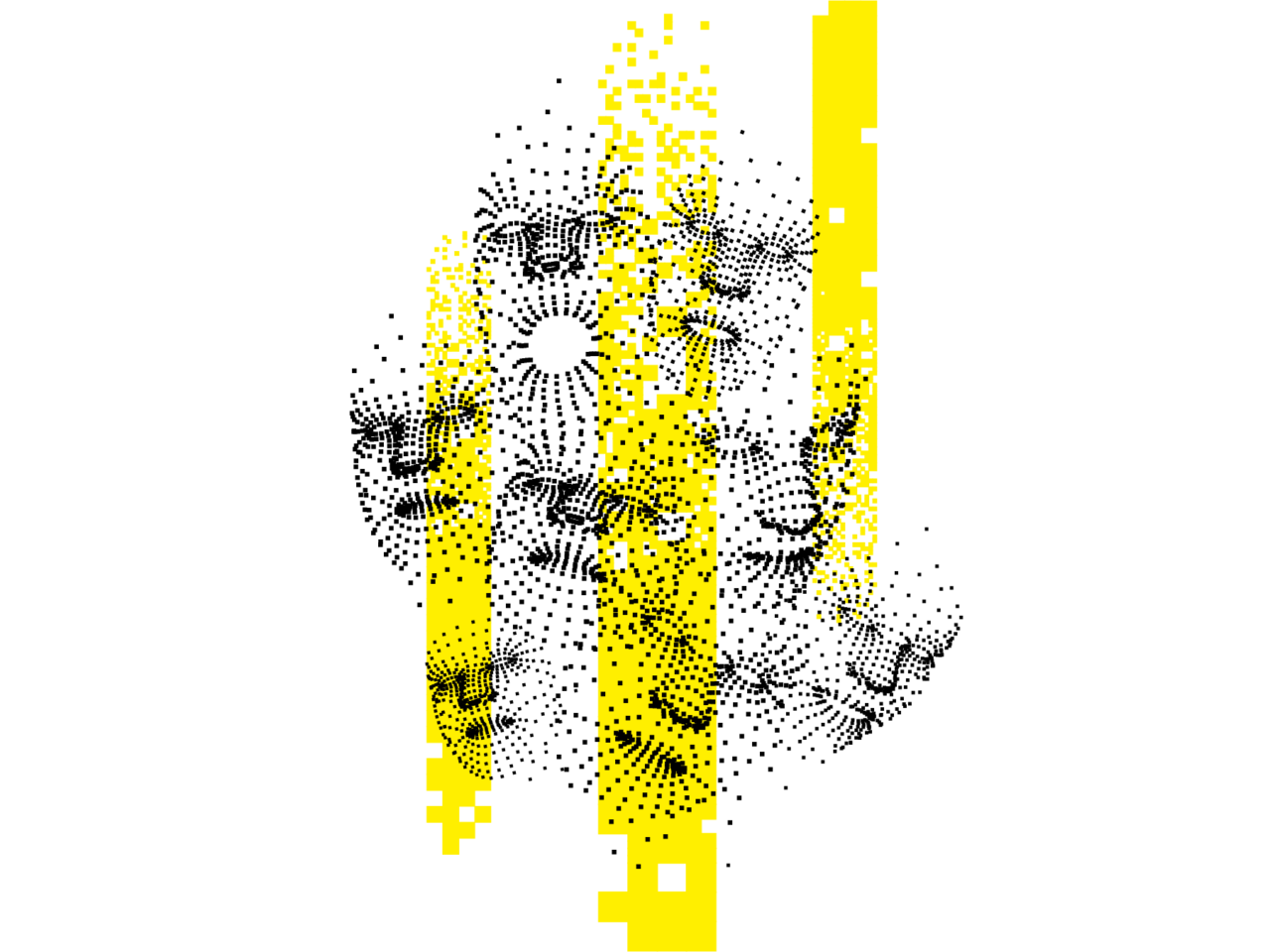Timeline

This consultation seeks views on how we can deliver a solution that achieves our key objectives for the AI sector and creative industries. These objectives are:The deadline for responses to the consultation is the 25th of February 2025 and responses can be submitted here.Our aim is to deliver these objectives through a package of interventions, to be considered together, that addresses the needs of both sectors, providing clarity and transparency. The proposals include a mechanism for right holders to reserve their rights, enabling them to license and be paid for the use of their work in AI training. Alongside this, we propose an exception to support the use at scale of a wide range of material by AI developers where rights have not been reserved. This approach would balance right holders’ ability to seek remuneration while providing a clear legal basis for AI training with copyright material, so that developers can train leading models in the UK while respecting the rights of right holders. For this approach to work, greater transparency from AI developers is a prerequisite—transparency about the material they use to train models, how they acquire it, and about the content generated by their models. This is vital to strengthening trust, and we are seeking views on how best to deliver it.
- Supporting right holders’ control of their content and ability to be remunerated for its use.
- Supporting the development of world-leading AI models in the UK by ensuring wide and lawful access to high-quality data.
- Promoting greater trust and transparency between the sectors.
We present Public Domain 12M (PD12M), a dataset of 12.4 million high-quality public domain and CC0-licensed images with synthetic captions, designed for training text-to-image models. PD12M is the largest public domain image-text dataset to date, with sufficient size to train foundation models while minimizing copyright concerns. Through the Source.Plus platform, we also introduce novel, community-driven dataset governance mechanisms that reduce harm and support reproducibility over time.The release of PD12M is remarkable not only given the size of the fully open dataset but also because of the holistic approach that Spawning has taken. Via the source.plus platform, Spawning provides community-based governance mechanisms. In addition, the platform also provides an exemplary level of transparency regarding the sources of the images included in the dataset. The release of PD12M is exciting not only because it builds on our ideas for a public data commons but also because Spawning sees the release of the dataset as a first step towards offering a foundational public domain image model with no IP concerns, that will help artists to fine-tune, and own, their own models on their own terms.
The paper documents a sharp increase in such restrictions starting in the fall of 2023, which coincides with the time when Open AI, Google, and others began documenting the ability to use robots.txt to block their crawlers from ingesting publicly available content. The paper shows that the pushback against AI tools from content creators and website owners who object to their work being used for AI training purposes is not only real, but is becoming a major issue for AI companies that rely on publicly available online content as training data. The authors suggest that this will be particularly problematic for smaller companies and research projects that do not have the resources to license such content.
In Europe, where research uses are allowed under a mandatory exception to copyright that cannot be overridden by contract or technological measures, the negative impact on researchers is likely to be more limited than the authors fear. However, there are many other beneficial uses, such as search or web archiving, that will be affected by blanket restrictions via robots.txt and other means. In this context, the authors point to the need for better protocols, which is very much in line with our arguments for standardized rights holder opt-outs. From the concluding section of the paper:
The web needs better protocols to communicate intentions and consent. The [Robots Exclusions Protocol] places an immense burden on website owners to correctly anticipate all agents who may crawl their domain for undesired downstream use cases. We consistently find this leads to protocol implementations that don’t reflect intended consent. An alternative scheme might give website owners control over how their webpages are used rather than who can use them. This would involve standardizing a taxonomy that better represents downstream use cases, e.g. allowing domain owners to specify that web crawling only be used for search engines, or only for non-commercial AI, or only for AI that attributes outputs to their source data. New commands could also set extended restriction periods given dynamic sites may want to block crawlers for extended periods of time, e.g. for journalists to protect their data freshness. Ultimately, a new protocol should lead to website owners having greater capacity to self-sort consensual from non-consensual uses, implementing machine-readable instructions that approximate the natural language instructions in their Terms of Service.Both the New York Times and 404 media have published articles that go into more detail on the paper.
Furthermore, until at least September 28, 2023 and the launch of its "Google Extended" tool, Google did not offer a technical solution enabling publishers and press agencies to oppose the use of their content by Bard without affecting the display of this content on other Google services. Indeed, until now, publishers and press agencies wishing to oppose such use had to insert an instruction opposing any indexing of their content by Google, including on the Search, Discover and Google News services, which were precisely the subject of negotiation for the remuneration of neighboring rights. In the future, the Autorité will be particularly attentive to the effectiveness of the opt-out mechanisms put in place by Google.This once more underlines the urgent need to implement standards for rightsholder opt-outs that are efficient, flexible and scalable.
At this point, it seems useful to recall the key balances inherent in the EU’s regulatory framework for the use of copyrighted works in AI training. They form the basis of claims by the Commission and others that the EU has a uniquely balanced approach to this thorny issue. Taken together, the TDM provisions address 4 key concerns: (1) They limit permission to use copyrighted works for training data to those works that are lawfully accessible. They (2) privilege non-profit scientific research, (3) they ensure that creators and other rights holders can exclude their works from being used to train generative AI systems, and (4) they ensure that works that are not actively managed by their rights holders can be used to train AI models. Excluding the training of generative AI from this balanced arrangement may please some creators and rights holders, but it also pushes AI back into a legal gray area. It also seems incompatible with the provisions of the AI Act, which situates the training of generative AI models within the broader concept of TDM, and which will be directly applicable in Poland.Expanding on this analysis, we have also submitted a contribution (PL|EN) to the public consultation launched by the Polish Ministry of Culture and National Heritage that argues for an implementation in line with the directive and suggests that Polish lawmakers should instead focus on enabling a fair remuneration for creators who opt out of TDM and ensuring the sustainability of public information resources.
No. There isn’t really a way to get a hundred million images and know where they’re coming from. It would be cool if images had metadata embedded in them about the copyright owner or something. But that’s not a thing; there’s not a registry. There’s no way to find a picture on the Internet, and then automatically trace it to an owner and then have any way of doing anything to authenticate it.While this response sounds derisive in the context of the article (a similar statement made by Open AI to the House of Lords was also criticized as derisive), Holz does have a point. There is indeed an urgent need for better copyright information infrastructures that allow AI model developers and others to automatically assess the copyright status of works - and clear rights. Something we pointed out in our recent policy paper on best practices for opting out of ML training and an earlier white paper on a public repository of public domain and openly licensed works.
Ahead of this year's Creative Commons Summit in Mexico City, Open Future and Creative Commons hosted a one-day workshop to discuss the impact of generative AI on creators and the commons. The workshop explored how legal and regulatory contexts differ around the world and how this affects the development of shared strategies for dealing with the impact of generative AI on the commons and the position of creators.
Based on this discussion, and in subsequent conversations over the three days of the summit, the group identified a set of seven principles that could guide further work on creating an equitable framework for the regulation of generative AI around the world. These principles were published as part of a statement on "Making AI work for Creators and the Commons" which was published on the Creative Commons blog on the final day of the Summit.
Today, Open AI announced that GPTBot, the web crawler used to collect training data for its GPT series of large language models, can now be blocked via the robots.txt protocol. Site administrators can either disallow crawling of entire sites or create custom rules that allow `GPTBot` access to some parts of a site while blocking it from others. This functionality gives site owners a level of control over how their content is used by OpenAI's LLMs that they previously lacked.
At first glance, OpenAI's approach follows the opt-out mechanism established by the TDM exceptions in the EU copyright framework. But on closer inspection, the model/vendor-specific nature of this approach raises more questions than it answers, as it implies that it is the responsibility of website publishers to set rules for each individual ML training crawler operating on the web, rather than setting default permissions that apply to all ML training crawlers.
These opt-outs are for images included in the LAION 5B dataset used to train the Stable Diffusion text-to-image model. Stability AI has announced that the opt-outs collected by spawning.ai and made available via an API will be respected in the upcoming training of Stable Diffusion V3.
As we have previously argued, such opt-outs are supported by the EU's legal framework for machine learning, which allows rights holders to reserve the right to text and data mining carried out for all purposes except academic research undertaken by academic reserach institutions. Spawning.ai is the first large-scale initiative to leverage this framework to offer creators and other rights holders the ability to exclude their works from being used for machine learning training.
